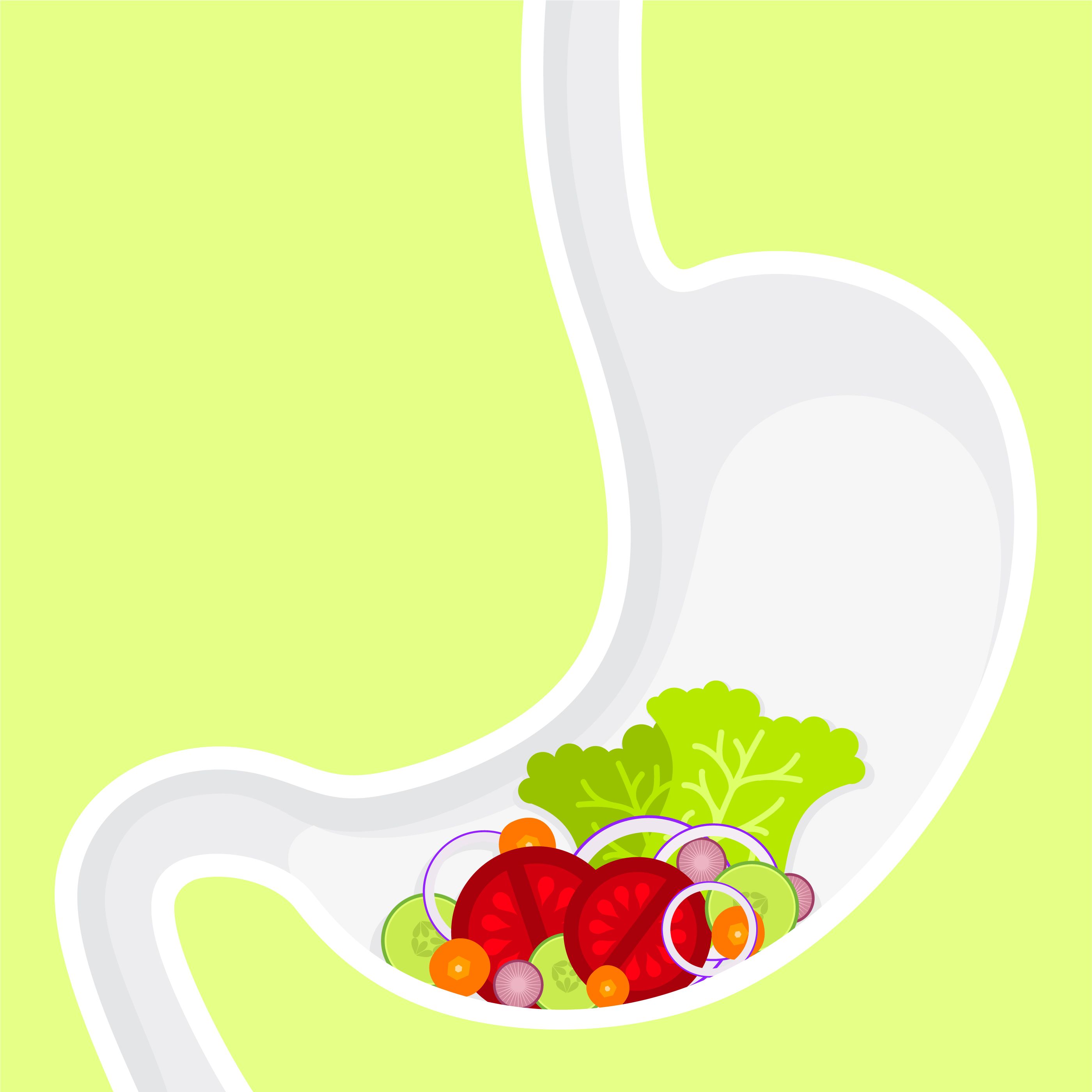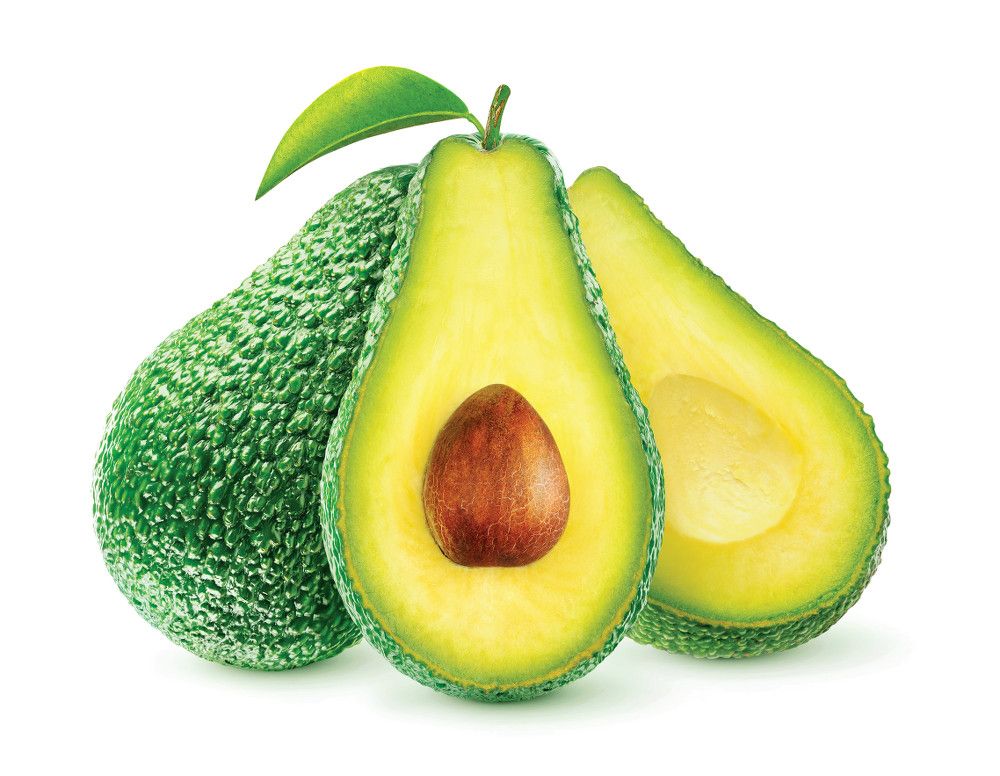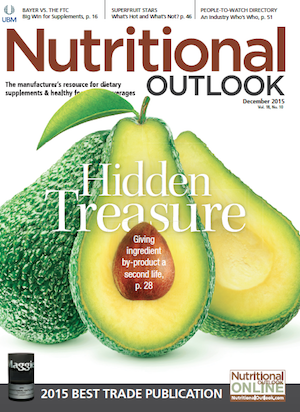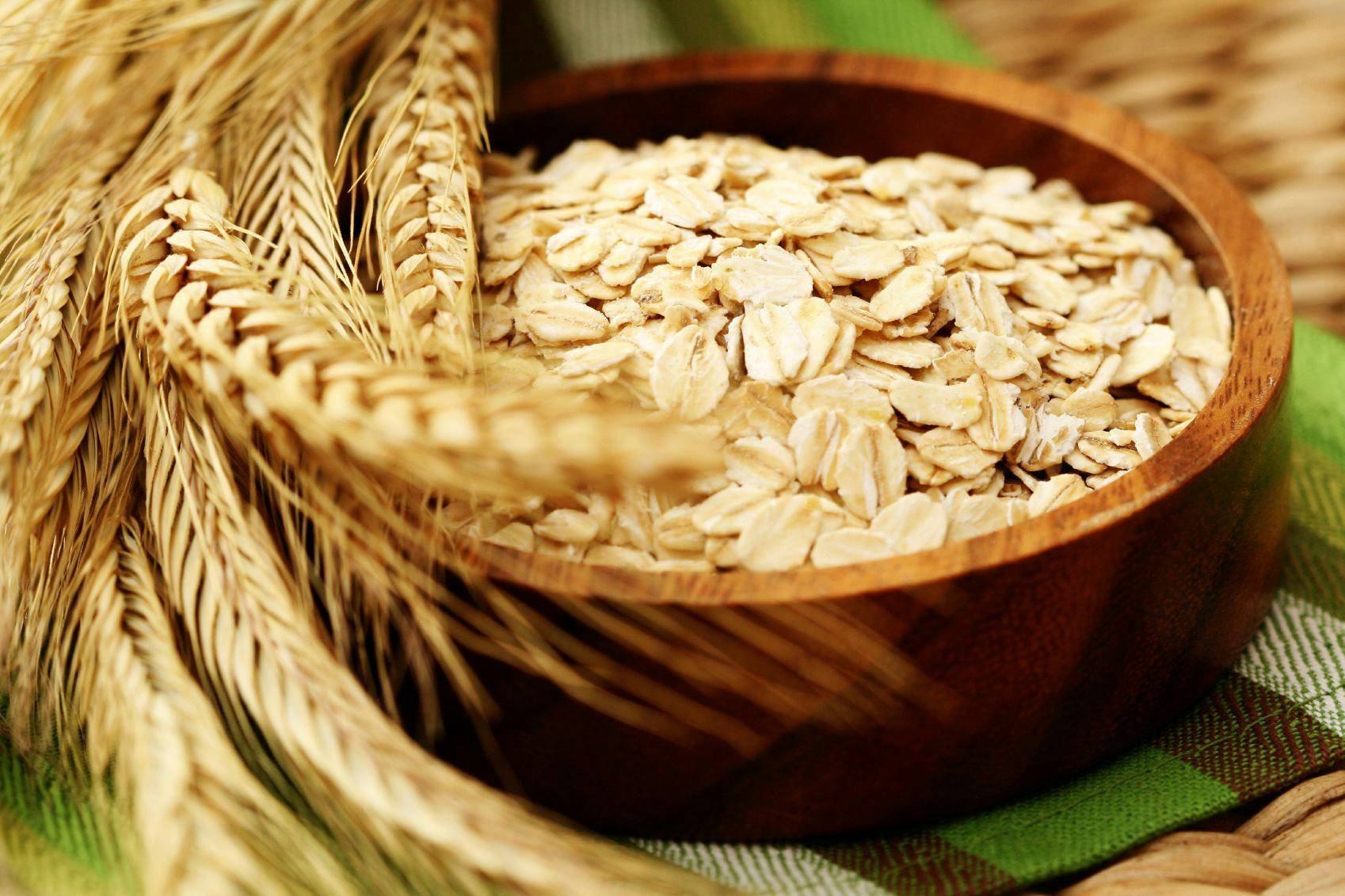Repurposing Ingredient By-product and Giving Ingredients a Second Life
Learn how resourceful firms are repurposing ingredient by-product for the utmost in sustainability, convenience, and profitability.
Photo © iStockphoto.com/Matauw


Over the last decade, sustainability has grown from a fledgling consumer preference to an overwhelming priority among global consumers. Whether it’s out of concern for environmental consequences or social impact, 66% of global consumers now say they are willing to pay more for sustainable goods, according to the 2015 Nielsen Global Corporate Sustainability Report.
Considering that 55% of global consumers responded the same in 2014 (and 50% in 2013), it’s striking how quickly sustainability is becoming a priority among consumers from all over the world (the survey polled more than 30,000 consumers in 60 countries).
“Sustainability is a worldwide concern that continues to gain momentum-especially in countries where growing populations are putting additional stress on the environment,” says Grace Farraj, senior vice president, public development and sustainability, Nielsen. “An increasing number of consumers in developed regions consider sustainability actions more of an imperative than a value-add.”
The preference for sustainability is also evident in product sales. In the past year, sales from brands with a demonstrated commitment to sustainability grew more than 4% globally, compared to just 1% global growth from brands without a similar commitment, says Nielsen. Has the time arrived when sustainable appeal is now a requirement for business success?
“Consumer brands that haven’t embraced sustainability are at risk on many fronts,” says Carol Gstalder, senior vice president, reputation and public relations solutions, Nielsen. “Social responsibility is a critical part of proactive reputation management. And companies with strong reputations outperform others when it comes to attracting top talent, investors, community partners, and importantly, consumers.”
In terms of producing foods and dietary supplements with sustainability in mind, many ingredient suppliers have begun taking a closer look at where their ingredients come from. But what about where those ingredients end up-and the materials that are discarded by-product?
Some ingredient companies are now tapping into the trend of “repurposed ingredients,” or “second-generation ingredients,” to create new ingredients from materials typically thrown away in the past. Aside from enhancing a company’s sustainability profile, repurposed ingredients can also be a lucrative and convenient way to make the most of materials already on hand.
STORY CONTINUES ON PAGE 2
Second-Generation Plant Powders
BI Nutraceuticals (Long Beach, CA) has rolled out several ingredients made from raw materials that were previously being discarded, including its sugar cane fiber powder, carrot fiber powder, and asparagus stem powder.
The sugar cane powder is made from leftover sugar cane after cane juice has been removed for sugar production. The carrot fiber powder is made from leftover pumice from carrot juice production. And the asparagus stem power is made from the thick part of the stem normally discarded from fresh asparagus production, according to Alison Raban, certified food scientist, BI. She says the powders are easily incorporated into supplements, beverages, baked goods, and snack foods.
“With the increased consumer demand for environmentally friendly, sustainable ingredients, customers are using these ingredients as a marketing tool,” says Raban. “In particular, carrot fiber and sugar cane fiber are being utilized as clean-label, natural sources of fiber.”
Carrot juice production also yields leftover pumice by-product, which BI Nutraceuticals uses to create its carrot fiber powder.
Aside from BI’s customers asking for eco-friendly ingredients, the company was inspired to repurpose these raw materials upon realizing that viable, nutritious plant parts were going to waste during the course of its vendor audits. Additionally, Raban explains, the concept of repurposing the by-products of food processing has become much more popular in recent years.
“There used to be a stigma around repurposed ingredients because they were considered ‘food waste’,” says Raban. “However, as the definition of food waste changed from valueless by-products to nutritious by-products not being utilized, the stigma faded.”
Raban says using second-generation ingredients has also been a profitable strategy for the company, but not because the ingredients are cheaper to produce. Although the raw materials themselves are cheaper to acquire since they were just being discarded in the past, the production process is still expensive due to the high fiber content of the ingredients.
BI had to develop a unique process to maximize the fiber content of the ingredients and construct a special “low-humidity cool-down and packing room” to ensure the naturally hygroscopic fibers meet the low moisture content customers demand. Fortunately, the sustainable appeal of the repurposed powders has made up for the production costs, the company says.
“Repurposing ingredients is a profitable strategy in the sense that they are sought-after ingredients,” says Raban.
BI’s sugar cane fiber and asparagus stem powders just launched last year, while the carrot fiber powder has been available for more than two years, according to Raban.
Sugar cane powder, an ingredient left over from sugar production, is now being marketed as a clean-label source of fiber.
STORY CONTINUES ON PAGE 3

A Prebiotic from Xylitol Production
Xylitol, a natural sweetener derived from corn, has risen in popularity as a low-calorie alternative to table sugar. But AIDP (City of Industry, CA) recently found that a by-product of xylitol production can also be a nutritious and popular ingredient.
PrecticX, a new prebiotic from AIDP, is made from the corncobs left over after xylitol production. The company says it has already seen a “tremendous response” from customers since launching the ingredient at the 2015 Natural Products Expo West trade show, thanks in large part to the growing market for digestive-health products.
“The primary messaging has been around the science and health benefits,” says Kathy Lund, vice president of business development and marketing, AIDP. “The sustainability aspect is also promoted to customers, which is a growing interest. Having a repurposing message is an additional benefit to a strong ingredient like PrecticX.”
Before PrecticX, the corncobs were just being burned and placed back into the soil for nutritive value, says Lund. Instead, AIDP now produces the prebiotic from the corncobs via a proprietary procedure involving enzymatic hydrolysis.
One of the biggest strengths of PrecticX, a xylooligosaccharide, may be that it requires a relatively small dosage to be effective. AIDP says that compared to other prebiotics, such as fructooligosaccharides or galactooligosaccharides, xylooligosaccharides have the lowest minimum effective dosage. This can translate to more competitive prices and reduced gastrointestinal side effects versus other prebiotics, according to AIDP.
A study published last year1 found that compared to a placebo, PrecticX supplementation significantly increased Bifidobacterium counts in the gut microbiota of healthy adult subjects.
STORY CONTINUES ON PAGE 4
For several years, Ganeden Biotech (Cleveland) has offered an ingredient derived from the by-product of an established ingredient. Ganeden’s Bonicel is a skin-care ingredient made from a metabolic by-product that is left over from production of the company’s Ganeden BC30 probiotic strain.
During normal production of Ganeden BC30, a supernatant is created during the bacterial fermentation process, explains Michael Bush, senior vice president, Ganeden. Ganeden uses that supernatant to create Bonicel, which has been studied to show improvements in skin pore size, redness, moisturization, elasticity, the appearance of wrinkles, and more, says Bush.
Yet, even though the supernatant is a by-product of Ganeden BC30 production, Ganeden uses separate production processes to create Bonicel and Ganeden BC30.
“When we make Ganeden BC30 for oral consumption, we utilize a method that maximizes the growth of spores and not the by-products in the supernatant,” says Bush. “When we make Bonicel for topical use, we are producing it from Ganeden BC30, but utilize a method that maximizes the by-products in the supernatant instead of the spores.”
Because there are two separate production processes, Bonicel is not strictly a repurposed waste product, but Bush says the ingredient’s second-generation status still carries a sustainable message.
“When marketing Bonicel, we do discuss the sustainability factor and that it is derived from another ingredient,” says Michael Bush, senior vice president, Ganeden. He adds that interest in sustainability is growing, but Ganeden’s customers remain most interested in the science behind its ingredients.
Bonicel first launched in 2012. More recently, it was included as an ingredient in the Prevaleaf Probiotic Boost Soothing Cream, which launched a few months ago.
STORY CONTINUES ON PAGE 5

Avocado Seeds
Avocados are one of the most well-known fruits, but Ecuadorian Rainforest (Belleville, NJ) recently discovered that the overlooked avocado seed can also be an ingredient in its own right. The company began selling its avocado pit powder earlier this year after taking a second look at the large seed inside avocados that most people simply discard.
“We wanted to know if we were throwing away a useful part of the fruit,” says Steve Siegel, vice president, Ecuadorian Rainforest. “It turns out avocado seeds are rich in nutrients indeed. The seed may contain up to 70% of the total antioxidants found in avocados, making it a valuable ingredient.”
The avocado seed is also a good source of potassium and soluble fiber, according to Ecuadorian Rainforest. Siegel says customer response has been positive in the short time the company has been offering the seed as a standalone ingredient.
“Consumers have been intrigued by the avocado seed’s benefits and many were surprised to learn of its potential benefits,” says Siegel. “Manufacturers looking for the benefits of avocado fruit and seed are now looking for ways to incorporate both ingredients into their products.”
Aside from use in functional foods and beverages, the avocado pit powder also works as an exfoliant, says Siegel.
“Cosmeceutical manufacturers who create body scrubs, facial cleansers, and other natural beauty products may benefit from using avocado seed as an ingredient,” he explains.
STORY CONTINUES ON PAGE 6
Acid Whey
Acid whey, an ingredient left over from the production of Greek yogurt, cottage cheese, and cream cheese, was long considered a waste by-product of the dairy industry. But two years ago, Arla Foods Ingredients (Viby J, Denmark) found a way to make better use of the ingredient.
Arla uses a unique process of combining acid whey with its milk-based Nutrilac protein to convert the acid into other dairy products, including fermented beverages, syrups, yogurts, dips, cream cheeses, and processed cheeses.
In the past, acid whey was simply thrown away or used in animal feed, according to Nikolaj Nøddebo Knudsen, account manager, functional milk proteins, Arla. However, with Arla’s process of repurposing the ingredient, he says it’s now possible to save all of the acid whey.
As with other repurposed ingredients, it can be a challenge finding the right marketing message for acid whey. Ironically, some consumers may carry a negative perception of acid whey due to negative media coverage of the ingredient as harmful to the environment when discarded, says Knudsen. He suggests that further consumer education may help remedy this, but companies using Arla’s acid whey technology can also promote a simpler message about sustainability.
“You also can state that you have 100% usage-that you don’t have any waste,” says Anne Poulsen, business development manager, health and performance nutrition, Arla. “I think that really resonates well with the consumer.”
Arla earned an IFT Food Expo Innovation Award in 2014 for its acid whey technology.
The List Keeps Growing
In addition to the ingredients mentioned above, Nutritional Outlook’s recent story on joint health features two other noteworthy inclusions: eggshell membranes and apple peels.
NEM eggshell membranes from ESM Technologies (Carthage, MO) may be best known as a joint-health ingredient, but the ingredient is also a second-generation by-product from the egg products industry. The company sources its eggshells from facilities that produce liquid egg ingredients for a variety of food applications, including bakeries and ice cream production. If the eggshells were not being used for the NEM membranes, they would be spread on fields as fertilizer or discarded in a landfill, where they can cause a harmful nitrogen buildup in the soil, according to ESM.
Another repurposed joint-health ingredient, AppleActiv, is an organic dried apple peel powder made from apple by-product left over from applesauce production. The apple peels were being composted until supplier Leahy Orchards Inc. (Franklin, QC, Canada) began using them to make AppleActiv.
To learn more about these two ingredients, see the full story on joint health at NutritionalOutlook.com/jointhealth/1511
Between opening new revenue streams and enhancing an ingredient’s sustainable appeal, using second-generation ingredients can help an ingredient company go the extra mile with its existing ingredients.
Also read:
Cacao Pulp: It's Not Just a Waste Product of Cocoa Anymore
Artichoke Finds New Use in Water
Agave Fiber Is Versatile in Granola Bars
References:
- SM Finegold et al., “Xylooligosaccharide increases Bifidobacteria but not Lactobacilli in human gut microbiota,” Food & Function, vol. 5, no. 3 (March 2014): 436-445

Prinova acquires Aplinova to further increase its footprint in Latin America
April 7th 2025Prinova has recently announced the acquisition of Brazilian ingredients distributor Aplinova, which is a provider of specialty ingredients for a range of market segments that include food, beverage, supplements, and personal care.

.png&w=3840&q=75)

.png&w=3840&q=75)



.png&w=3840&q=75)



.png&w=3840&q=75)






















